If you’ve ever wondered where some of the world’s most extraordinary creatures are putting up a fight not just for survival, but for the very right to exist, look no further than Australia’s hidden animal sanctuaries. Imagine stepping into a patch of wild bush where a grinning quokka hops past your feet, while a Tasmanian devil gnaws a bone in the shadows and an echidna snuffles through leaf litter. These sanctuaries aren’t just zoos—they are battlegrounds, safe havens, and sometimes, the last hope for animals teetering on the edge of oblivion. With their blend of science, passion, and a little bit of Aussie oddball energy, these places offer a glimmer of hope for the world’s most wonderfully weird wildlife.
The Magical Allure of Rottnest Island
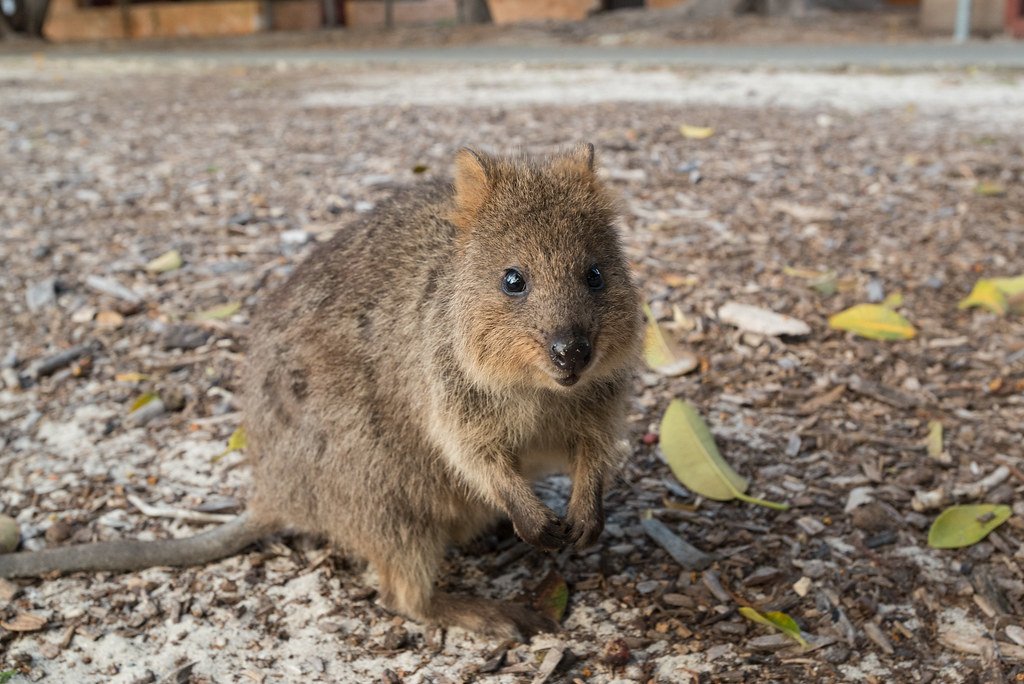
Rottnest Island, just off the coast of Western Australia, might seem like a slice of paradise for tourists, but for the famous quokka, it’s a sanctuary of survival. These small marsupials, with their perpetual “smiles,” have become social media sensations, yet few realize how fragile their existence truly is. The island is free from foxes and cats—predators responsible for decimating quokka populations on the mainland. Researchers here closely monitor food availability, shelter, and even the mood of the quokkas, hoping to keep their numbers steady against the odds. Every selfie snapped with a quokka represents not just a cute moment, but a tiny victory in the fight against extinction. Despite their popularity, their story is a reminder that conservation isn’t just about big predators, but the little, lovable survivors too.
Tasmanian Devils: Fierce, Fragile, and Fighting Back

If ever there was an animal whose name didn’t quite fit its look, it’s the Tasmanian devil. These stocky, black-furred marsupials might sound terrifying, but they’re more likely to scuttle away than cause a ruckus. In reality, devils are fighting a very real—and deadly—enemy: a contagious cancer known as Devil Facial Tumour Disease. Sanctuaries across Tasmania now house healthy populations, acting as insurance policies for the species. Inside electrified fences, devils live as wild as possible, foraging, fighting, and even raising young. Scientists hope that by keeping isolated groups safe from disease, they can one day return devils to their rightful place in the wild. Every healthy snarl is a testament to determination, both human and animal.
The Secret Life of the Eastern Quoll

Once common across mainland Australia, the eastern quoll vanished from the continent decades ago, surviving only in Tasmania. Sanctuaries now play a key role in their comeback. These shy, spotted predators are vital for pest control and maintaining ecological balance. At sanctuaries like Mount Rothwell, dedicated teams breed, study, and carefully release quolls in hopes of re-establishing them on the mainland. The process is slow and fraught with setbacks—predators, drought, and disease all pose threats. Yet each new litter brings hope, showing that patience and persistent science can bring forgotten species back from the brink.
Bilbies: Easter’s Wildest Mascots
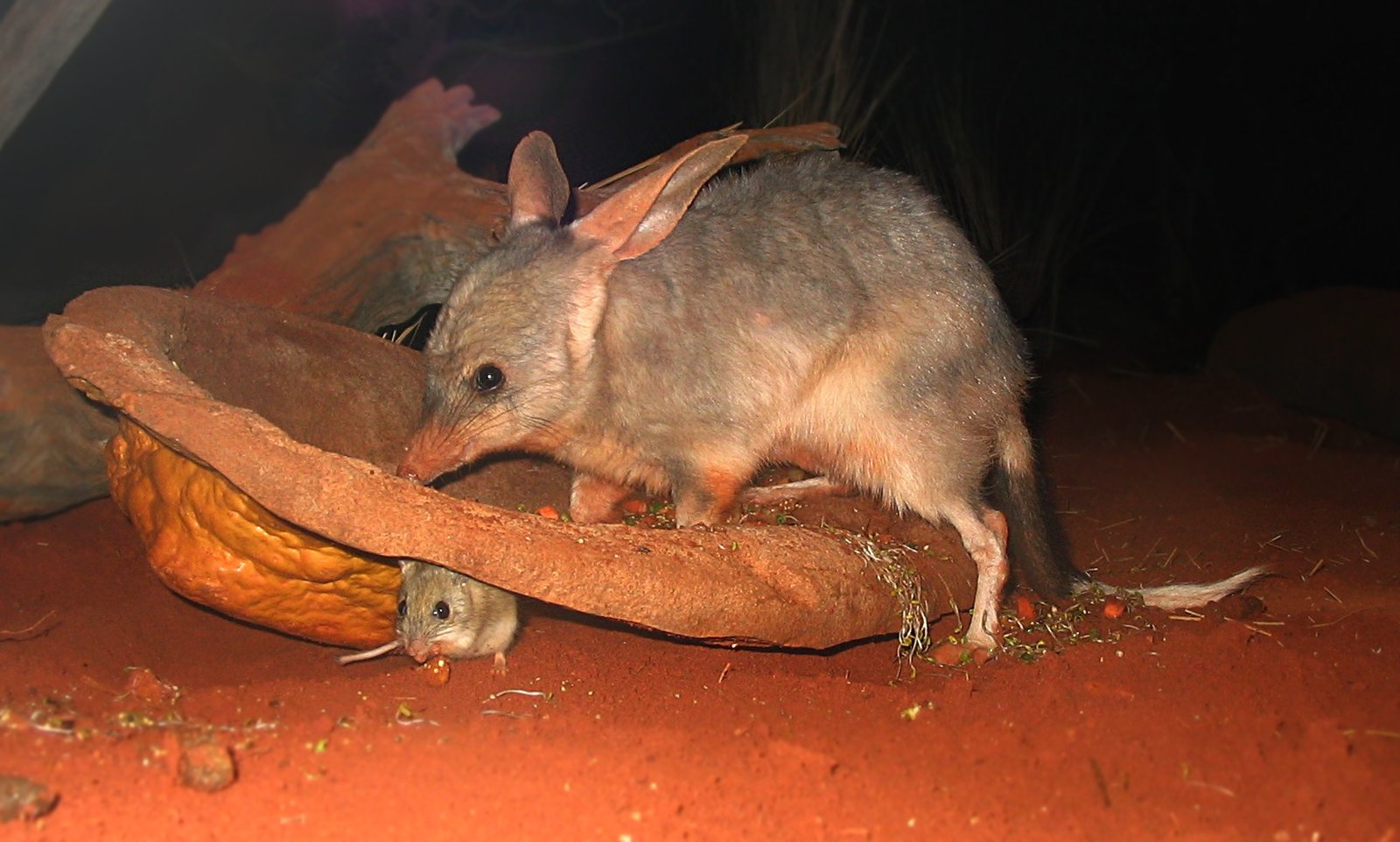
Forget chocolate eggs—bilbies are Australia’s true Easter icons. With long, pink ears and soft, grey fur, these nocturnal diggers once roamed much of the continent. Now, their numbers have plummeted due to habitat loss and invasive species like foxes and rabbits. Sanctuaries across central and western Australia have become their last strongholds. Here, bilbies burrow in sandy soil, safe from predators, and conservationists work tirelessly to boost their populations. Education programs aim to swap the Easter bunny for the Easter bilby, turning conservation into a national conversation. Each burrow they dig is a symbol of resilience and a nudge for people to remember the wild wonders hidden in their own backyard.
Antechinus: Nature’s Short-Lived Daredevils

Among Australia’s most dramatic mammals, the antechinus lives life at full throttle. Males throw themselves into an all-or-nothing breeding frenzy, often dying of exhaustion after just one season. Sanctuaries and research stations are racing to understand and protect their unique life cycle. Preserving their habitats—dense forests and undergrowth—is crucial, as clearing land destroys their homes and food sources. Scientists are uncovering new species within this group, proving there’s still so much to learn. Their story is both wild and tragic, a reminder of nature’s extremes and the need for places where even the most unusual creatures can thrive.
Echidnas: The Spiky Mystery Solvers
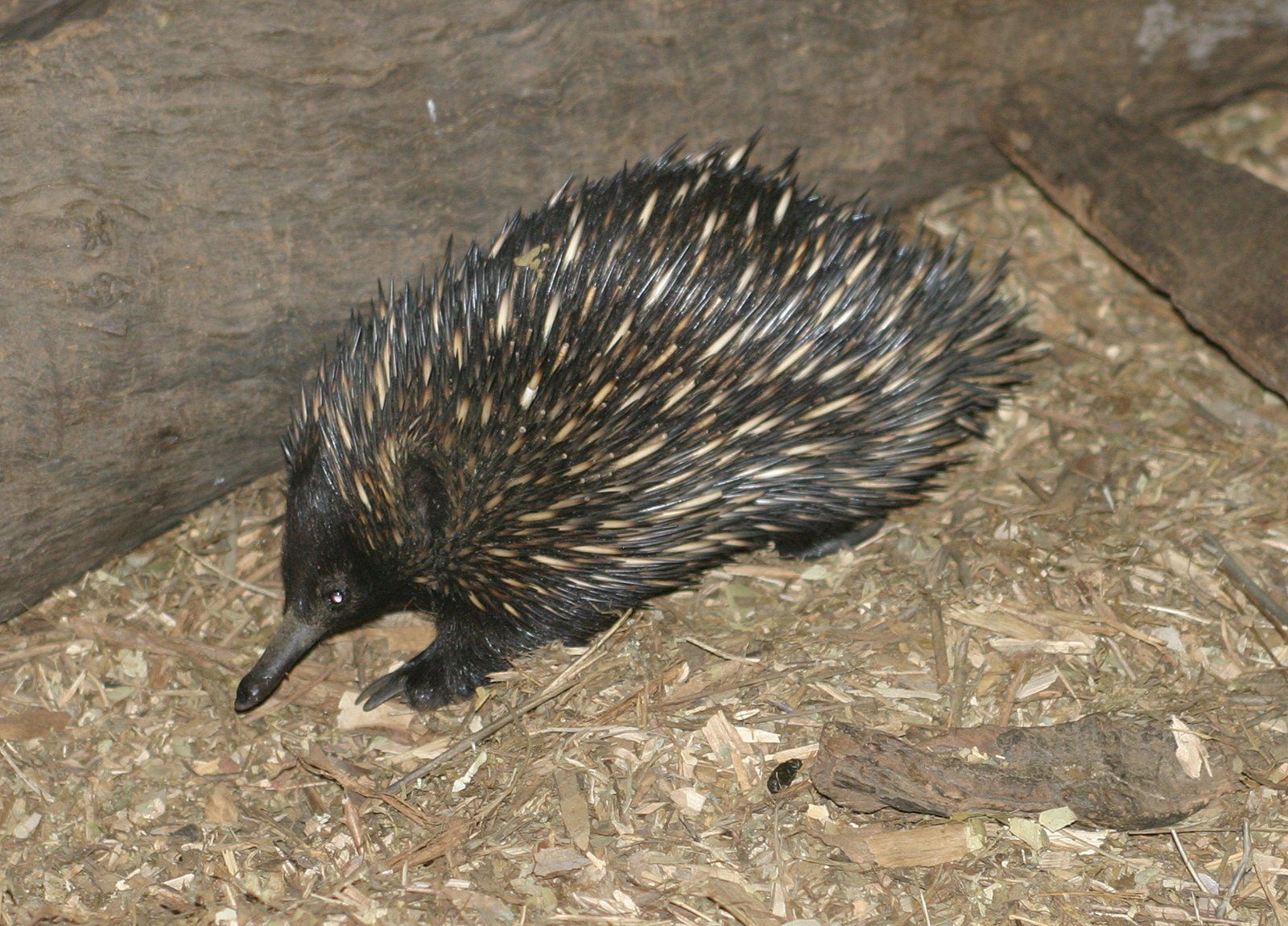
Echidnas, with their spiny backs and electro-sensing snouts, seem like creatures from another world. Yet these monotremes—mammals that lay eggs—are uniquely Australian. Sanctuaries provide crucial refuge as urban expansion shrinks their wild habitats. Researchers at these centers track echidna movements, study their quirky behaviors, and even rescue injured individuals from roadsides. Their digging aerates soil, helping plant life and entire ecosystems. By protecting echidnas, sanctuaries protect a whole web of life, showing how one species can have outsized impact. Watching an echidna waddle through the undergrowth feels like glimpsing a relic from a prehistoric past.
Koalas: Iconic, Imperiled, and In Need

The sight of a koala nestled in the fork of a eucalyptus tree is an Australian cliché, but the reality is anything but idyllic. Habitat destruction, bushfires, and disease have driven koala populations into steep decline. Sanctuaries across New South Wales and Queensland now serve as emergency rooms for sick and injured koalas, as well as breeding grounds for the healthy. These centers provide specialized veterinary care, research opportunities, and even public education. Each joey born in captivity is a small step toward replenishing wild populations. The battle for koalas is a battle for Australia’s soul, and every rescued animal is a reason to keep fighting.
Wombats: Burrow Builders Under Threat

Wombats are the bulldozers of the bush, their powerful claws crafting elaborate tunnel systems. But mange, a devastating skin disease, is pushing some populations to the brink. Sanctuaries act as treatment centers, where wombats are nursed back to health and released when strong enough. Volunteers work around the clock, mixing medicine into food and cleaning burrows. Wombats’ digging also benefits the ecosystem, creating homes for other animals and helping rain soak into the soil. Saving wombats means saving an entire underground world. Their stubborn resilience is matched only by the people who care for them.
The Enigmatic Night Parrot

For decades, the night parrot was the stuff of legend—a bird that vanished without a trace. Recent rediscoveries in outback Queensland have sparked a frenzy of interest. Sanctuaries and protected areas now shield its fragile habitat from grazing and fire. Scientists deploy remote cameras and acoustic sensors, hoping to catch a glimpse or a call. The struggle to save the night parrot is a race against time, as its numbers are perilously low. Its story captures the thrill of scientific discovery and the heartbreak of species on the edge.
Leadbeater’s Possum: Victoria’s State Emblem in Peril
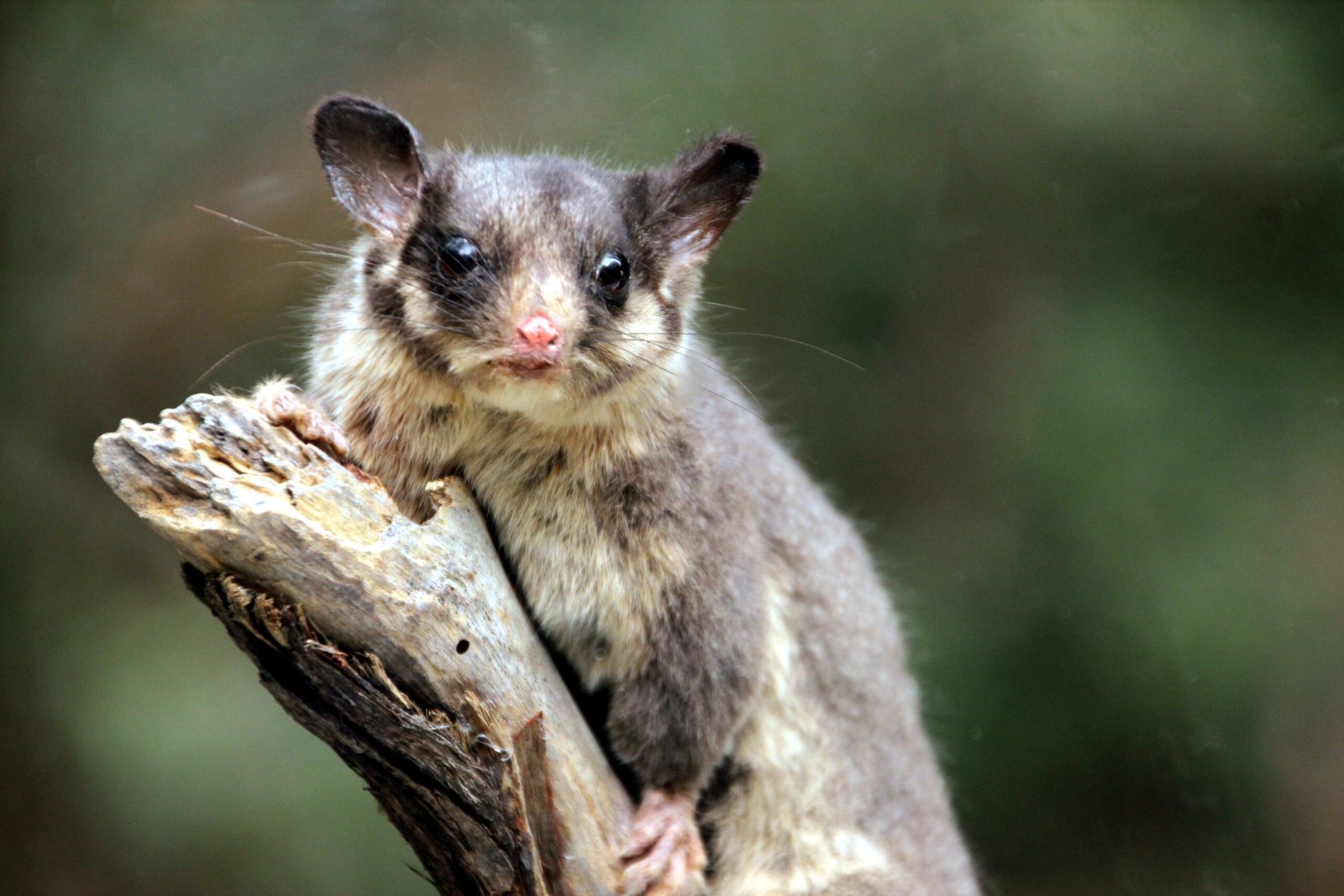
Tiny, quick, and almost impossible to spot, Leadbeater’s possum is both a symbol of hope and a warning sign. Logging and wildfires have decimated the old-growth forests it calls home. Sanctuaries, along with specially managed reserves, provide the only real security for this elusive animal. Conservationists install nest boxes, monitor populations, and lobby for stronger protections. The fight for the possum is also a fight for ancient forests, carbon storage, and countless other species. Each rescued possum is a living reminder that small creatures can spark big changes.
Platypus: Australia’s Most Bizarre Water-Dweller
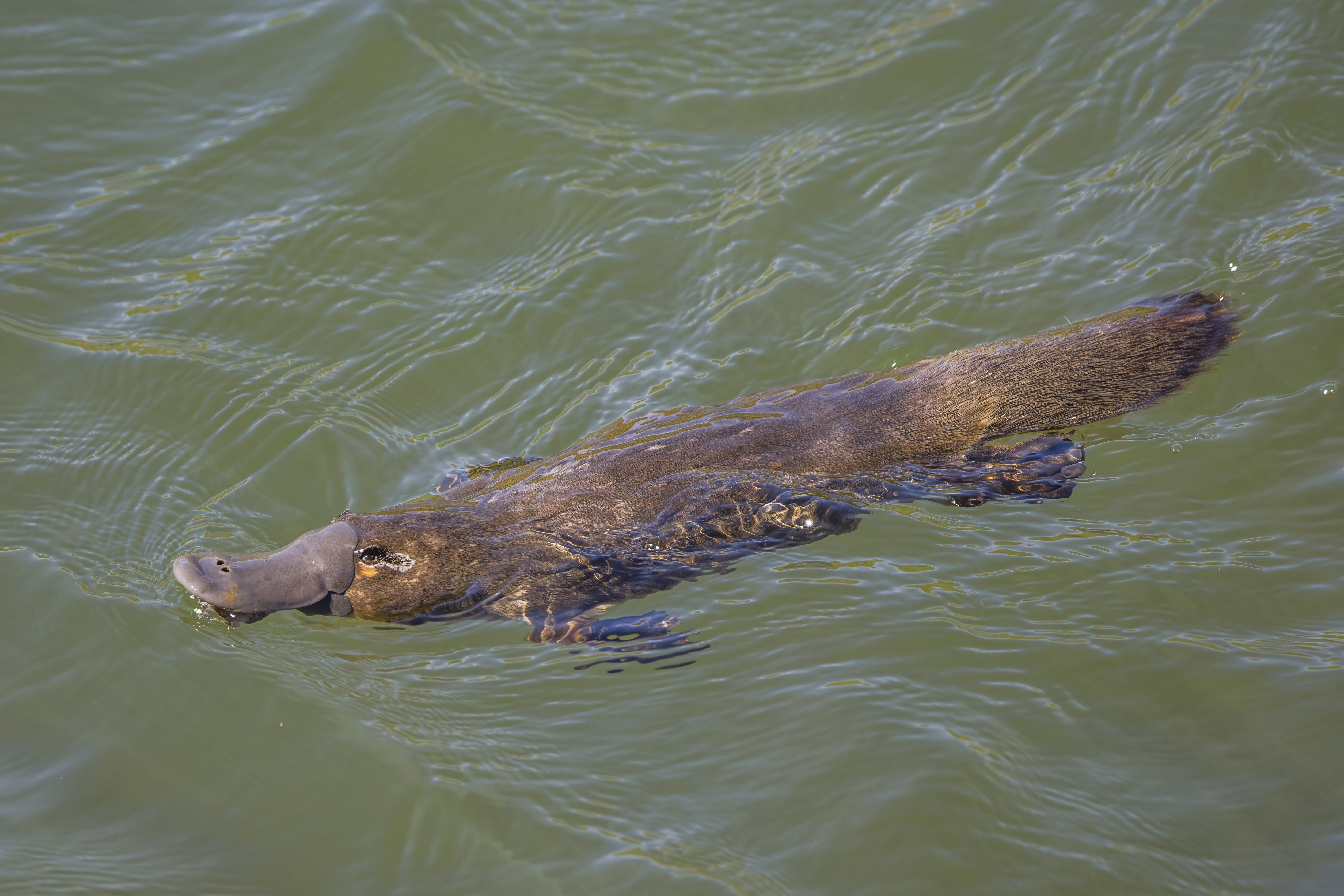
With their duck bills, webbed feet, and egg-laying skills, platypuses defy easy description. Rivers and creeks are their lifeblood, but pollution, dams, and drought threaten their survival. Sanctuaries with healthy waterways act as refuges, allowing scientists to study their secretive habits. Tagging and tracking platypus populations help guide conservation strategies. Their presence signals a healthy ecosystem, making them both a conservation priority and a scientific marvel. Watching a platypus swim at dawn is like spotting a living fossil, both ordinary and extraordinary.
Western Swamp Tortoise: The Ultimate Survivor

The western swamp tortoise is Australia’s rarest reptile, surviving in just a handful of wetlands near Perth. Sanctuaries carefully manage these habitats, controlling water levels and removing invasive predators. Breeding programs and head-starting young tortoises give the species a fighting chance. Every hatchling released is a victory for meticulous science and tireless dedication. Their continued survival hangs by a thread, but in the right hands, even the most fragile species can endure.
Brush-Tailed Bettongs: The Woodland Rebuilders
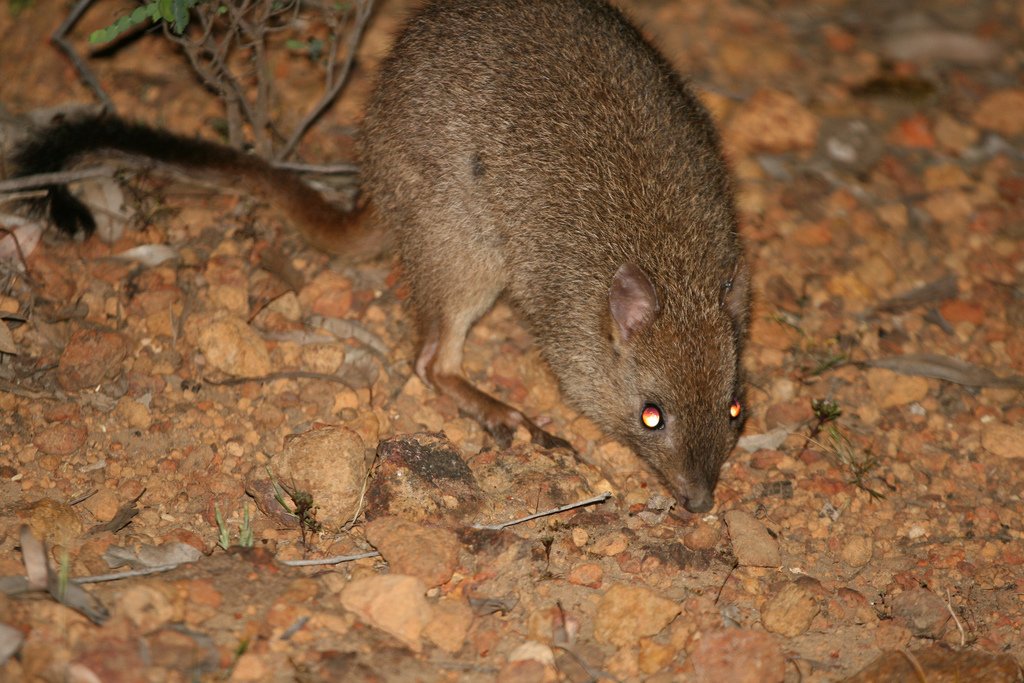
Known affectionately as “woylies,” brush-tailed bettongs once roamed much of southern Australia. Habitat loss and introduced predators nearly wiped them out. Sanctuaries now serve as breeding and release sites, with rangers monitoring populations closely. Bettongs play a critical role in forest health, spreading seeds and fungi as they dig for food. Their comeback is a testament to the power of sanctuary-driven rewilding. Each bettong released is a step toward restoring lost landscapes.
Yellow-Footed Rock Wallabies: Clinging to the Cliffs

Perched on rugged outcrops, yellow-footed rock wallabies blend perfectly with their stony surroundings. Invasive predators and habitat destruction have left populations isolated and vulnerable. Sanctuaries and predator-proof reserves are now their main hope. Conservationists manage water sources, control weeds, and sometimes deliver food in harsh seasons. The sight of a wallaby bounding across the rocks is a glimpse of resilience against overwhelming odds. Their story is about adaptation and the delicate balance between survival and extinction.
Greater Gliders: The Silent Soarers
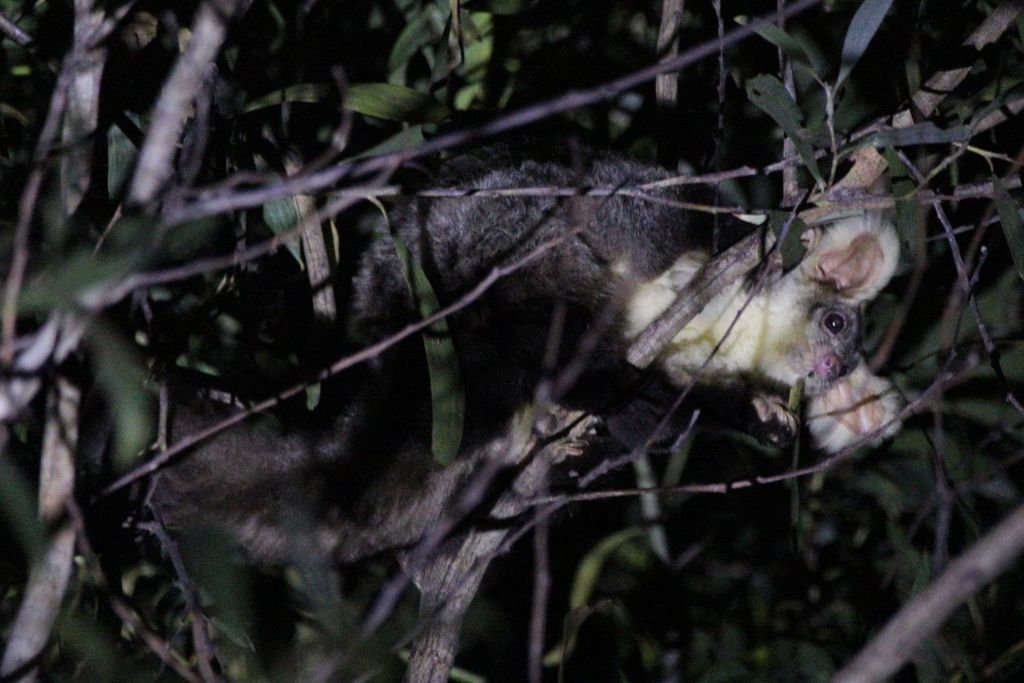
Drifting silently from tree to tree under the cover of night, greater gliders are masters of the forest canopy. Logging and fire have shrunk their world dramatically. Sanctuaries with intact forests offer a lifeline, while nest box programs provide new homes. Researchers study their diets and movements, piecing together the secrets of their survival. Protecting gliders also means preserving vast tracts of forest, with benefits that ripple through entire ecosystems. Every safe landing is a triumph over adversity.
Numbats: Stripe-Tailed Insect Hunters

Numbats, with their striking stripes and long tongues, specialize in hunting termites—a million a day, by some counts. Once widespread, they now survive in only a few protected areas. Sanctuaries breed numbats for release and carefully manage predator numbers. Researchers fit them with tiny radio collars to track their movements and survival. Each numbat is a symbol of what’s possible when science and passion join forces. Their diligent search for food mirrors the tireless efforts of those working to save them.
People Power: The Unsung Heroes of Conservation
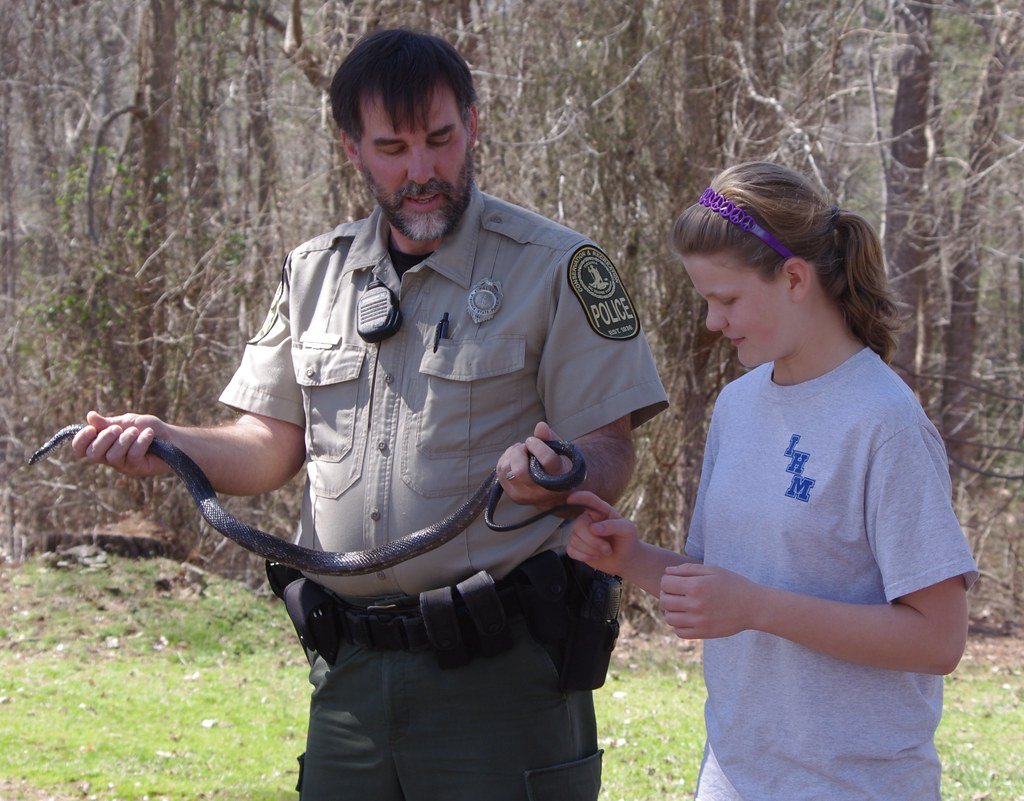
Behind every thriving sanctuary are people—scientists, volunteers, landowners, and Indigenous rangers—whose dedication makes survival possible. They brave harsh weather, long nights, and heartbreak when losses occur. Their work extends beyond fences, advocating for policy changes and public awareness. Community involvement, from citizen science projects to school visits, turns conservation into a shared mission. These heroes prove that the fight for Australia’s forgotten species isn’t just about animals—it’s about people, too, and the future they’re building together.
Australia’s sanctuaries are more than just refuges; they are living laboratories, classrooms, and battlegrounds for hope. Every rescued animal, every patch of restored habitat, and every child inspired to care is a step toward a wilder, richer world. The question is, with so much at stake, are we ready to fight for the forgotten?




